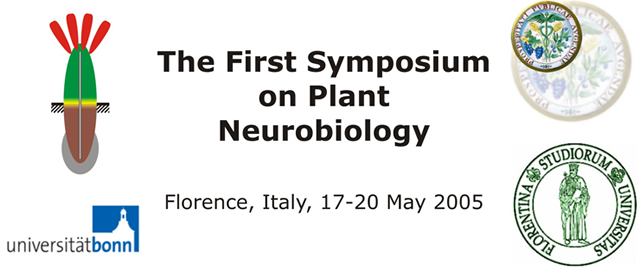|
Yu Sun, Iris
Steinebrunner, Charlotte Song, Jian Wu, Timothy Butterfield, Xuanzhi Wang, Elizabeth Henaff, and Stanley
Roux* |
|
Externally applied ATP (xATP) can induce increased [Ca2+] cyt
in plant cells (Demidchik et al., 2003; Jeter et al., 2004), just as it does in animal cells. To evaluate the
physiological significance of this signaling response, we have tested the effects of xATP on growth and
development in Arabidopsis. Lower µM levels of xATP enhance and higher µM levels inhibit the
hypocotyl growth of seedlings. Sub-µM xATP can induce in leaves an enhanced production of superoxide and
downstream gene expression changes associated with wounding. Neither the growth nor superoxide responses can
be induced by equivalent concentrations of phosphate or AMP. The inhibitory growth effects of xATP can be
blocked by ethylene inhibitors, and the ability of xATP to induce superoxide production can be blocked by
antagonists of animal purinoceptors and by inhibitors of calcium uptake into cells.
Ectoapyrases
(ecto-NTPDases) are ATP-hydrolyzing enzymes that play a key role in controlling the [xATP]. Two highly similar
apyrases in Arabidopsis, Atapy1 and Atapy2, have putative signal peptides and have been postulated to function
as ectoapyrases. They are important for pollen germination and other aspects of plant cell growth. Pollen from
plants not expressing Atapy1 and Atapy2 (= double knock-out (DKO) plants) cannot germinate. DKO pollen from
plants that are complemented with a wild-type gene under the control of a steroid-inducible promoter can be
induced to germinate by dexamethasone. Fertilization by this pollen yields seeds that germinate normally, but
in the absence of further dexamethasone treatment, the resulting DKO plants are stunted, typically < 10 cm
tall at maturity. As evaluated by promoter:GUS constructs and other methods, the highest mRNA level for both
apyrases was found in tissue poised for rapid growth (mature pollen), or tissue actually undergoing rapid
growth (elongation zone of the root, hypocotyls of etiolated seedlings), consistent with the postulate that
apyrases play a key role in growth control. (Supported by NSF IBN0344221 to S.J.R.).
- Demidchik V. et al. (2003) Plant Physiol. 133: 456-461
- Jeter C.R. et al. (2004)
Plant Cell 16: 2652-2664
|

